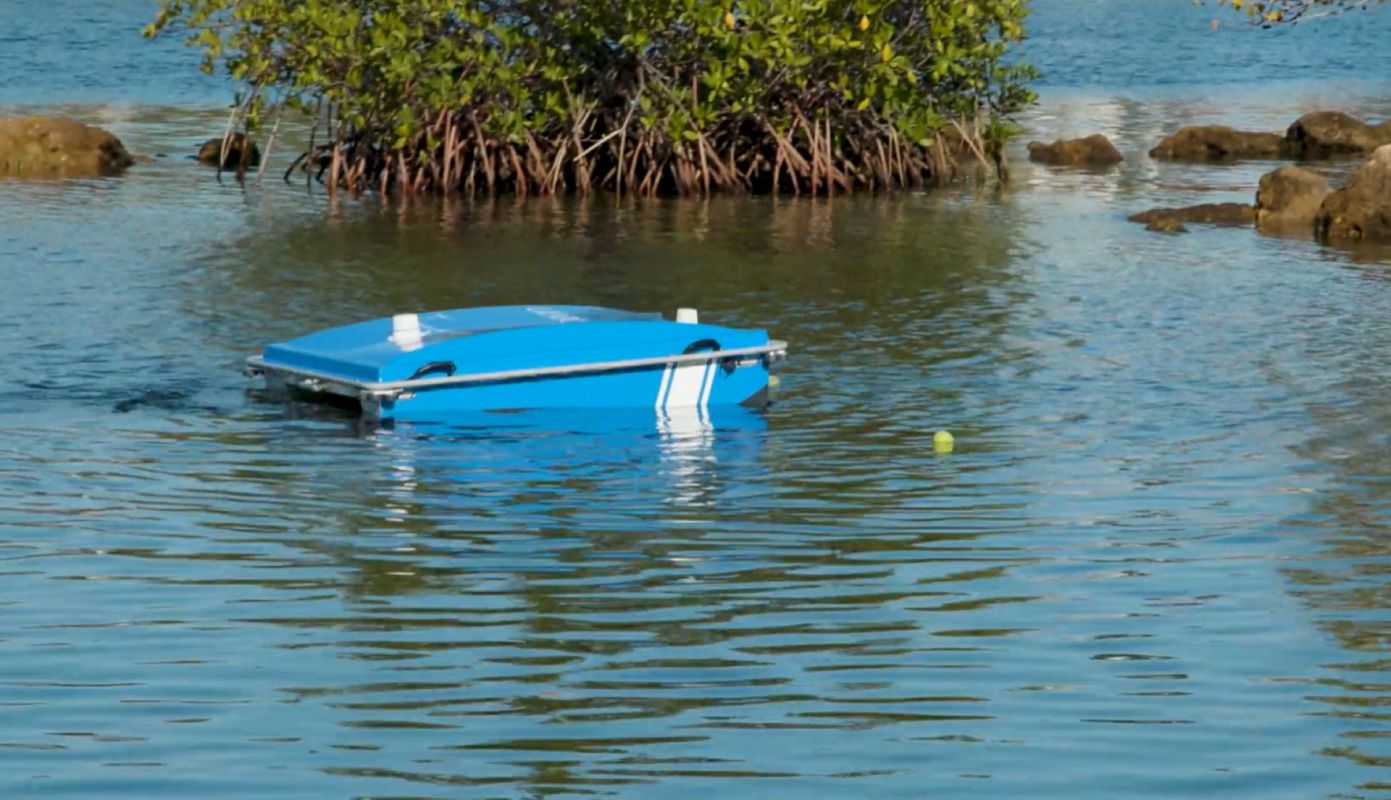Two organizations — the Searial Cleaners and 4Ocean — have teamed up to create an autonomous drone that travels along shorelines cleaning up floating debris. The "Pixie Drone," as it is called, can also be operated via remote control.
The Pixie Drone is one of the smaller devices built by the Searial Cleaners and is designed to go where larger devices cannot reach. But it still has plenty of operating capability — the drone is compatible with saltwater, freshwater, and brackish water. It has a volume capacity of 160 liters, can hold up to 132 pounds of waste at a time, and can operate for up to six hours in autonomous mode.
When not in autonomous mode, the Pixie Drone sounds like it's every bit as fun as a video game. Inhabitat described it as being "like playing Pac-Man in real life, where the machine 'eats' floating marine debris."
Floating marine debris is an ever-growing problem caused by humans that desperately needs human intervention to solve. Infamously, the Great Pacific Garbage Patch, a floating pile of trash in the ocean that is twice the size of Texas, represents the scope of the problem in many peoples' minds. Efforts are underway to clean up the patch or at least try to mitigate it.
However, trash finds its way into oceans, rivers, and other waterways all over the world, and the Pixie Drone shows that different tools are needed to clean up different types of environments. The Pixie Drone sticks close to the shoreline and gets to trash in places where a large net or devices like the Interceptor Original can't get to.
In addition to harming marine life by entangling them, poisoning them, and clogging their digestive systems, the massive amount of plastic waste in our oceans is having unforeseen consequences on ecosystems. Recently, it was discovered that plastic waste is acting like life rafts for various species, carrying them to places where they do not belong and may become invasive.
Join our free newsletter for weekly updates on the coolest innovations improving our lives and saving our planet.









